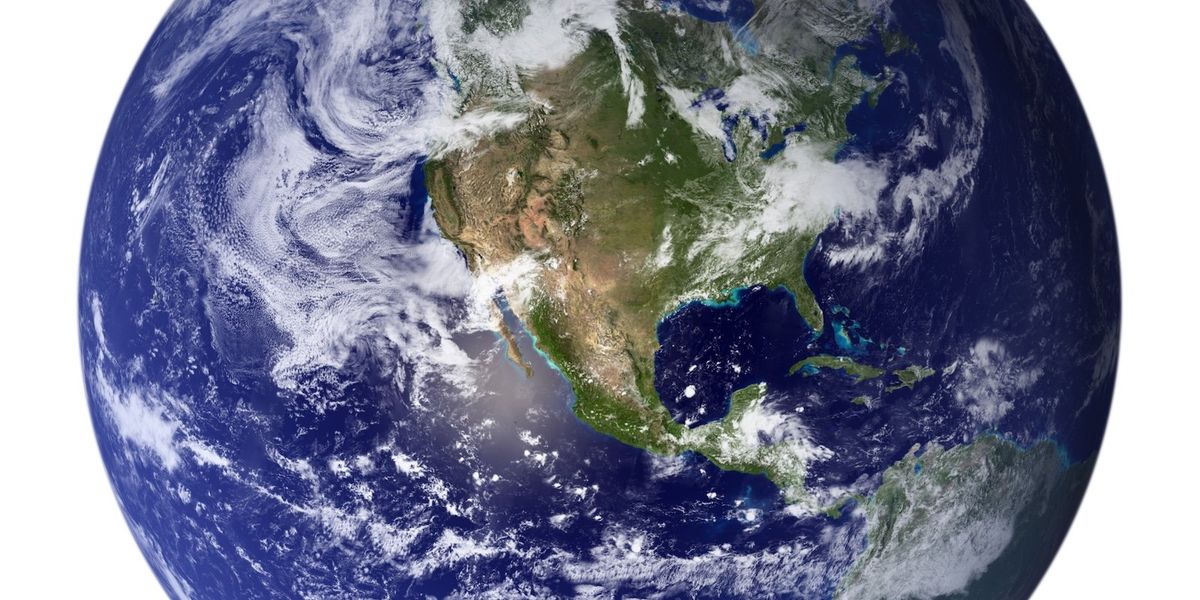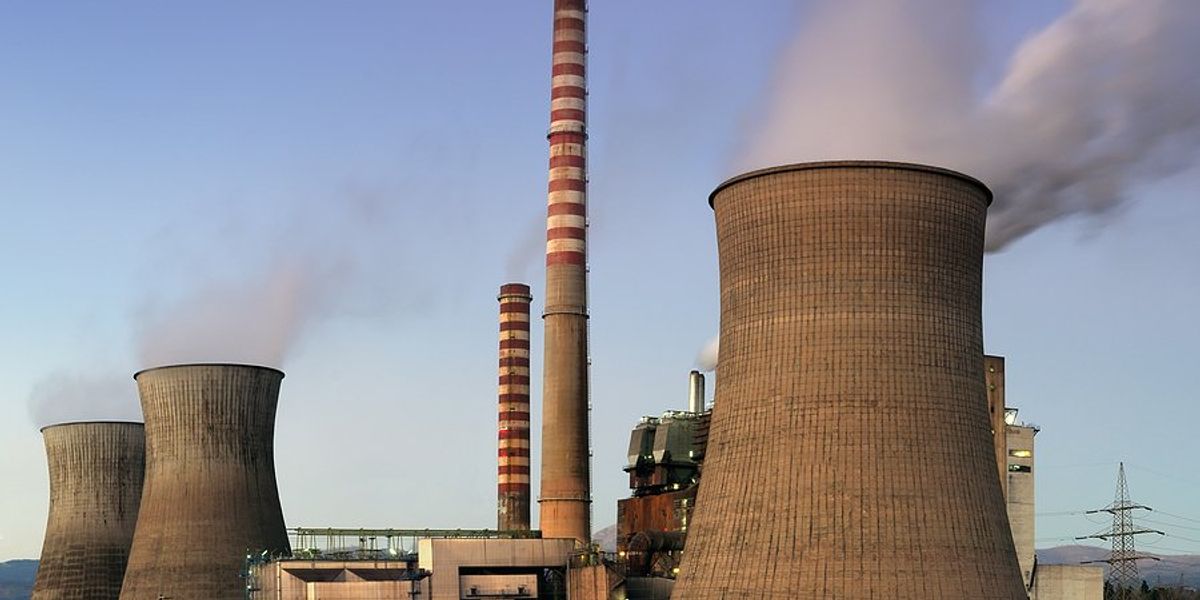groundwater depletion
The East Coast's slow descent into the ocean intensifies threats from sea level rise
A recent study highlights the increasing peril to coastal communities from land subsidence and sea level rise, exacerbated by groundwater depletion.
Mira Rojanasakul and Marco Hernandez report for The New York Times.
In short:
- Satellite research by Virginia Tech and the U.S. Geological Survey emphasizes an urgent need to address coastal threats, with nearly 40% of Americans living in vulnerable areas.
- Groundwater overuse is pinpointed as a significant factor for the sinking land, aggravating the impact of global sea level rise.
- The study identifies "distortion hotspots" in areas like Cape Canaveral and the Delmarva Peninsula, where land movement threatens infrastructure.
Key quote:
“You have a hazard that is becoming worse every day with sea level rise.”
— Leonard Ohenhen, Ph.D. candidate at Virginia Tech.
Why this matters:
The slow encroachment of the sea, coupled with sinking land, poses a silent but escalating threat to infrastructure, homes, and emergency routes along the East Coast. Vulnerable populations with nowhere to go are likely to suffer the most.
Can dangerous environmental tipping points be averted?
Middle East's groundwater shortage: Will it soon run out?
UN Water Conference highlights a stubborn shortage of global action
The undervaluing of freshwater has led to an unsustainable drain on the finite resource, experts report, pushing the global water cycle out of balance for the first time in human history.
How California is using flood water to prepare for drought
‘It’s like a crime scene’ what’s happened to the Rio Grande in far west Texas
Study: Higher concentrations of arsenic, uranium in drinking water in Black, Latino, Indigenous communities
The findings, researchers said, underscore the reality that communities where people of color live often bear the brunt of "contamination that they didn't cause."



















